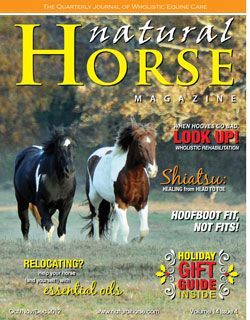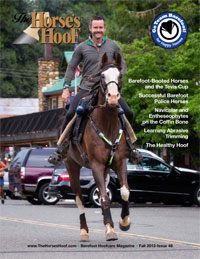OK, so most horse owners have heard that sugar is bad for horses. Makes their systems go all wonkey. What most don’t know, however, that there are carbs and sugars that are essential for the health and well-being of horses! Complex carbs are absolutely necessary for energy and to keep all systems on the go.
So what is the difference between a simple sugar and a complex carb?
Simple sugars, simply put, are generally processed sugars that you’d find in table sugar, molasses, processed fruit juices and with horse food, all the processed pelleted and sweet feed etc. These carbs are broken down and digested VERY quickly producing little to no nutrient value to the diet. Simple sugars go right into the bloodstream giving a quick rush of energy. When this happens, the pancreas is called into action producing additional insulin to get rid of the sugars in the blood. As this happens, the blood sugar drops very low thus the ‘need’ for more sugar for more energy. As this cycle goes on and on the pancreas keeps on producing additional insulin which reduces the production of ‘glucagon’, the only hormone that that allows stored body fat to be released into the bloodstream to be burned by the muscles as energy. To put it simply, more simple sugars = more insulin = less glucagon = more body fat, disease etc. This is a blueprint for causing Insulin Resistance (IR) as the horse eats more and more simple sugars and does not get enough exercise to burn off that body fat or receive enough nutrients to sufficiently feed the body.
On the other hand, complex carbs are those which are found in whole grains, unprocessed forages as grass, vegetables, fruits, nuts and seeds. These are more slowly digested in the hind gut and contain essential nutrients (vitamins, fiber and minerals) for the body. They are one of the primary sources from which the body draws energy. When whole foods are consumed, as nature intended, they are broken down into glucose molecules and used as fuel or stored in muscle and the liver as glycogen. (Instead of going directly to the bloodstream as simple sugars do.) This helps the body to have more energy and be able to reduce that body fat that may have accumulated from eating too many simple sugars. It also keeps the balance of the pancreas and the insulin it produces as well as the balance of the glucagon.
By reducing or eliminating the simple sugars and the processed carbohydrates from your horses diet you can help reduce the effects of IR or even avoid it altogether.
Whole grains if you feel you must feed any at all, fresh vegetables, fruits, nuts and seeds and grazing at grass — Guess nature really does know best, huh?
PS … we all would feel better eating this way! The horse’s body isn’t all that different in functional utilization of food than ours!











Hi, I know this is all quite old, but just in case other people come across this and now believe that grains are valuable to the horse as they are complex carbs: There is a MASSIVE difference between the carbohydrates in grains and the carbohydrates in forage (hay, grass, straw).
The former are non-structural, which means they have to be digested in the small intestines. They are broken down by an enzyme called amylase, and horses do not produce a lot of it (unlike e.g. humans and pigs). All of the non-structural carbohydrates that amylase cannot digest end up in the large intestines, where it will wreak havoc on the local bacteria population. As it is broken down, lactic acid is produced, which lowers the pH in the large intestines and the bacteria that would ferment structural carbohydrates (aka fibres; ie carbs found in forage as well as e.g. sugar beet) are not able to survive in an acidic environment.
Hence it is VERY important not to feed too many, if any, cereals/grains and other non-structural carbohydrates. In spring and autumn, grass also contains more fructan, which is also a non-structural carbohydrate. If a horse receives too many of them, their digestion suffers and they may even get life-threatening colic.
It is also noteworthy that some horses produce more amylase than others, which means that some horses can digest grains better than others. But all horses do not digest grains anywhere near as well as e.g. a human, and grain should be avoided wherever possible.
So how does green feed – sprouted barley compare with sugars for the horse. Is it the bad sugar? Teh su[pliers claim it is good sugars and reduces laminitus. I am confused
Hi Talitha — the general is that green sprouted ‘stuff’ is always a good thing but that being said I don’t know how it would compare with sugars for the horse. I’ll do some research on that and see if I can find anything — I”ll get back to you. Good question! 🙂 It would be good to know the answer!
This … http://www.carbs-information.com/carbohydrate-grains/carbs-in-barley.htm … was a quick search and briefly explains … I’m sure there is more. Google “Glycemic LOAD raw Barley” and see what you come up with. 🙂
What classification are crimped oats?
Crimped/rolled oats, since they are just whole oats that have been ‘smooshed’ would come under whole grains. They are about 67% carb but since they have not been processed by steam or heat they would be a complex carb. I may be wrong but that is my understanding of crimped oats.